The Art, Craft, and Culture of Japan’s Buckwheat Staple
Introduction
A Slurp of Simplicity: Why Soba Noodles Are More Than Just Food
In a country renowned for its culinary elegance, soba noodles (そば) stand out for their beautiful paradox: rustic yet refined, nourishing yet indulgent, humble yet deeply revered. Made primarily from buckwheat flour, soba has been part of the Japanese table for centuries, served hot or cold, plain or garnished, slurped with joy or savored slowly.
This guide takes you through soba’s history, composition, preparation, etiquette, and the places where soba truly shines while celebrating the role of authentic Japanese handcrafted tableware in elevating even the simplest bowl.

What Are Soba Noodles Made Of?
Soba noodles are made from buckwheat flour, often blended with wheat for structure. Key varieties include:
- Jūwari soba (十割そば): 100% buckwheat. Gluten-free, aromatic, and delicate.
- Nihachi soba (二八そば): 80% buckwheat, 20% wheat. Balanced in texture and flavor.
Additional ingredients may include konjac starch, green tea powder, or even seaweed.
How Soba Noodles Are Made
Traditional soba is made by hand. The process involves:
- Kneading the flour with water into a dough.
- Rolling out the buckwheat dough into thin sheets.
- Cutting with a wide blade called soba kiri (蕎麦切り).
While machine-made soba is common, handmade soba is prized for its texture and flavor.
Cooking Soba Noodles
To cook soba properly:
- Boil in plenty of water (no salt).
- Rinse immediately under cold running water to remove surface starch.
- Chill in an ice bath for cold servings like zaru soba.
🍶 Soba-yu (蕎麦湯): Save the cooking water to mix with leftover tsuyu broth for a warming drink.

How to Eat Soba Noodles
Soba is served hot or cold depending on the season. Popular styles include:
- Zaru soba: Cold soba on a bamboo tray with chilled dipping sauce.
- Kake soba: Hot soba in heated tsuyu broth.
- Toshikoshi soba: New Year’s soba, symbolizing longevity.
🥢 Etiquette Tip: It’s customary to slurp soba, it enhances flavor and shows appreciation!
Traditional and Popular Dishes
- Tempura soba: Served hot or cold with fried shrimp or vegetables.
- Tororo soba: Topped with grated yamaimo (mountain yam).
- Kamo nanban soba: With duck and green onion in hot broth.
- Sansai soba: Featuring wild mountain vegetables.
Where to Eat Soba in Japan
- Nagano Prefecture: Known for Shinshu soba.
- Matsumoto & Kiso Valley: Rustic, traditional soba culture.
- Tokyo Standing Soba Restaurants: Great for a quick, flavorful meal.
- Honke Owariya (Kyoto): Historic soba shop dating to 1465.

Conclusion
Soba is more than a noodle, it’s a tradition shaped by season, region, and rhythm. With each slurp, we taste Japan’s agricultural roots, artisanal techniques, and a lifestyle that honors simplicity and mindfulness.
✨ Whether served on a bamboo slotted plate with dipping sauce or in a glazed bowl brimming with broth, soba invites us to slow down and appreciate not just the food but the form in which it’s presented.
So next time you serve soba, make it a moment. Choose artisan tableware, plate with care, and let every bite be a celebration of Japan’s elegant everyday cuisine.


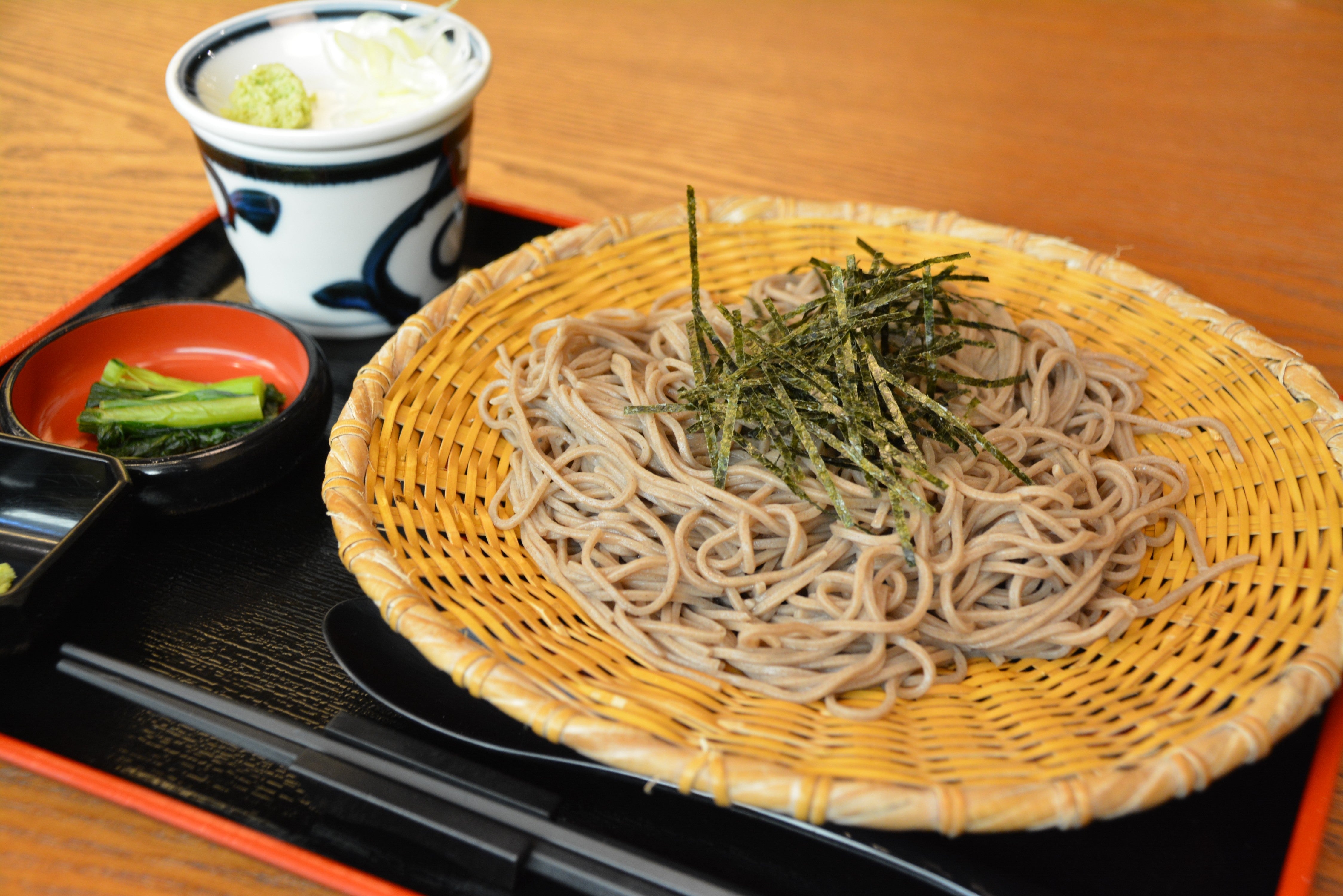
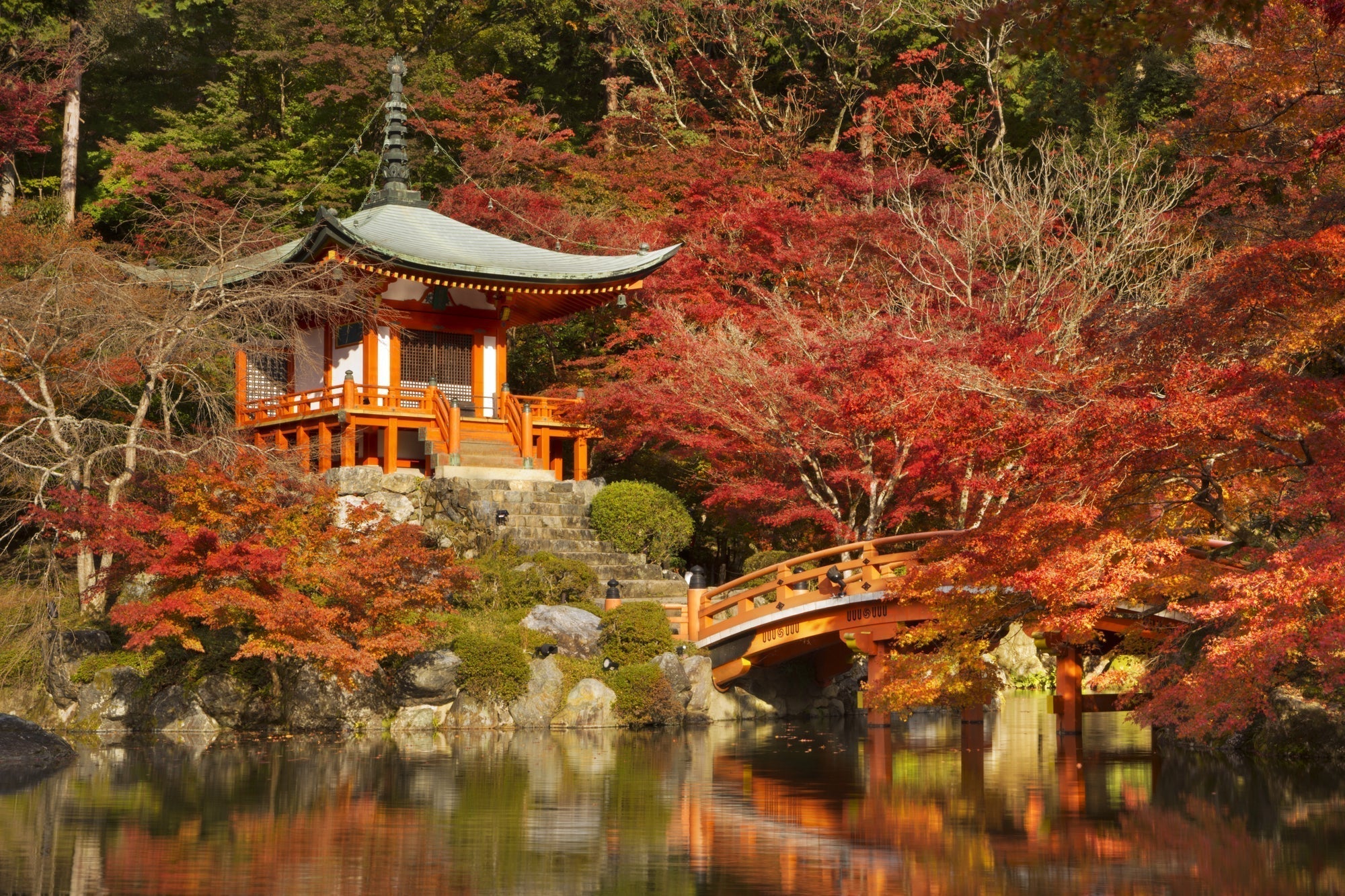
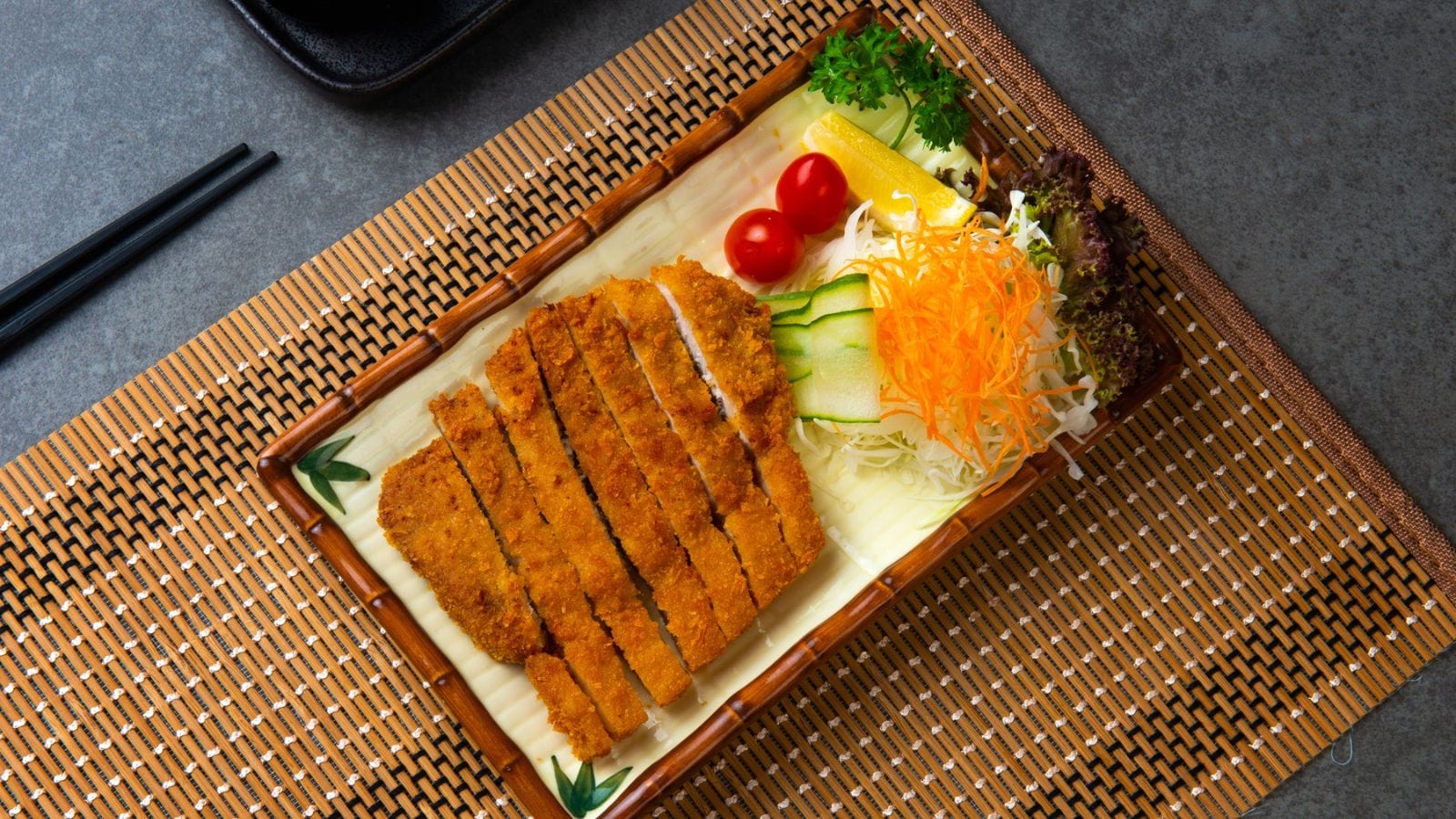

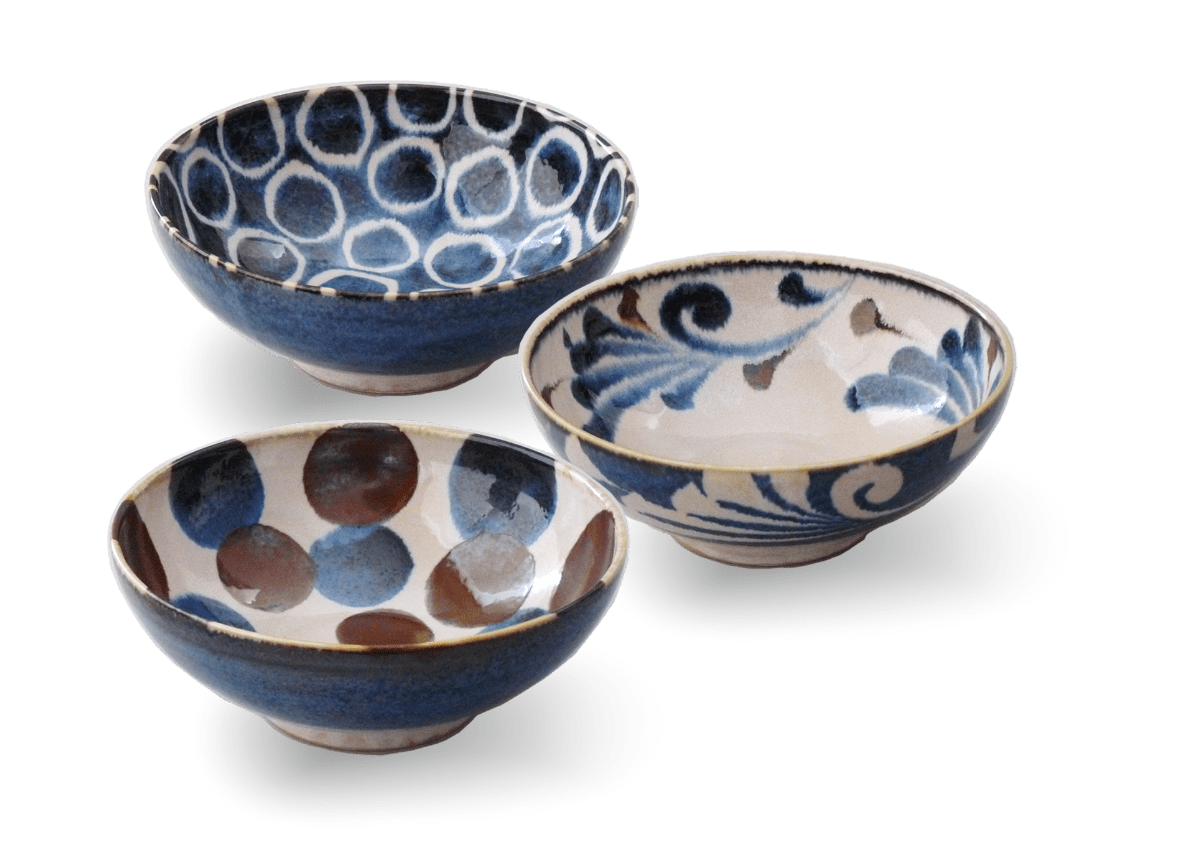
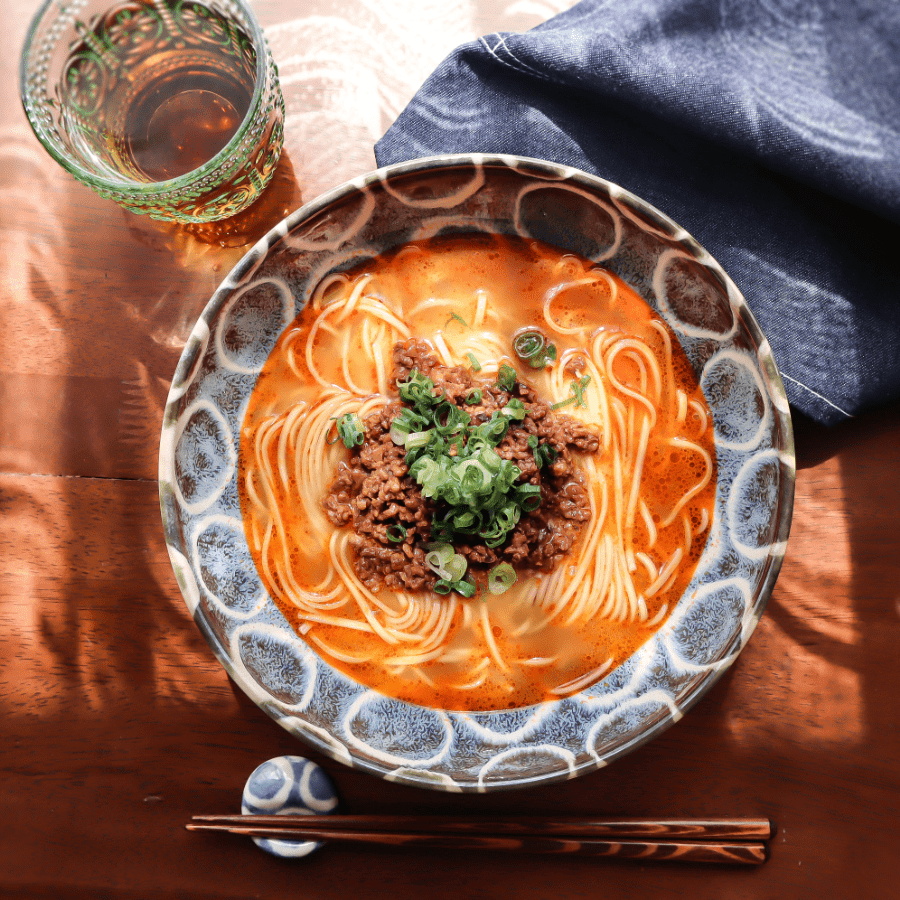
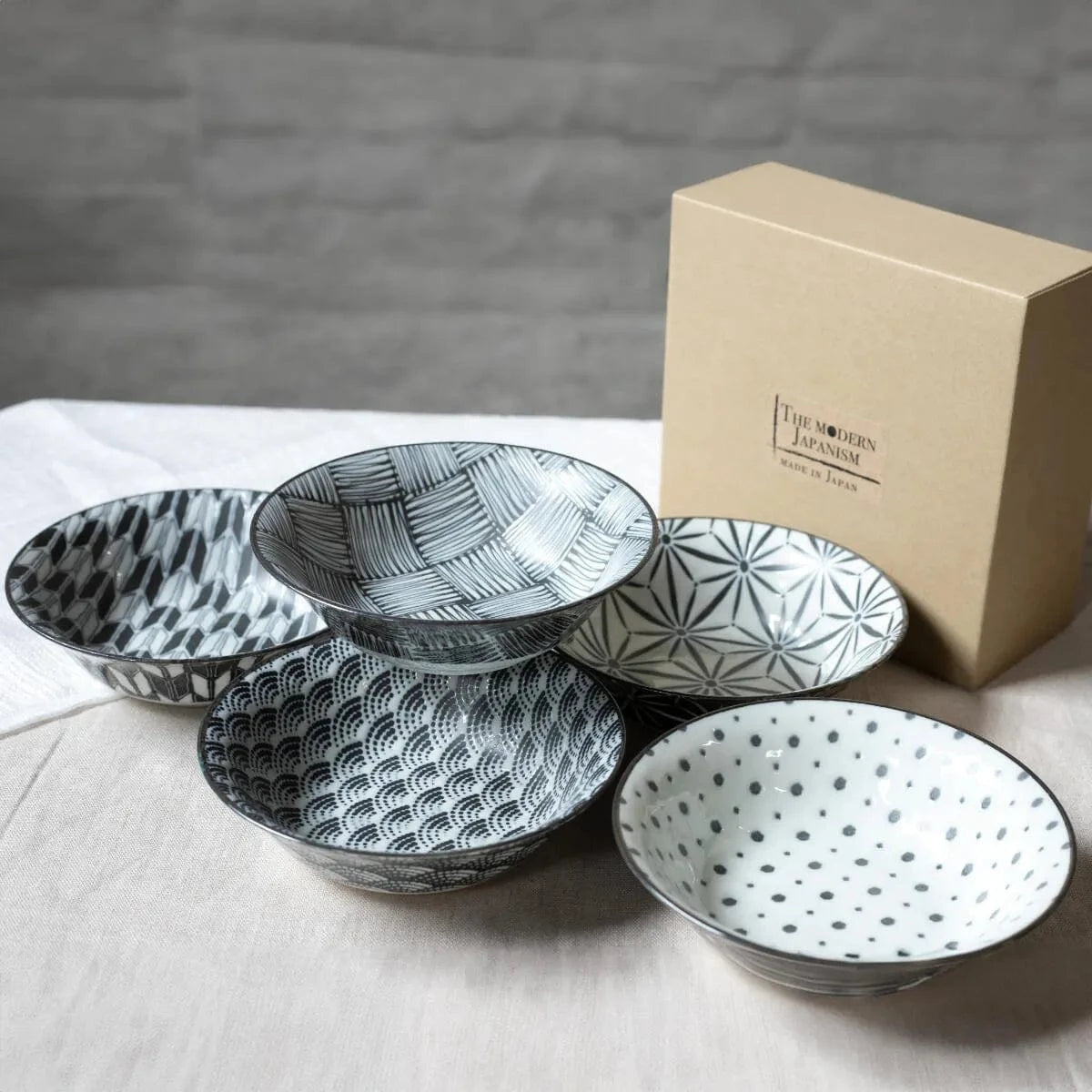
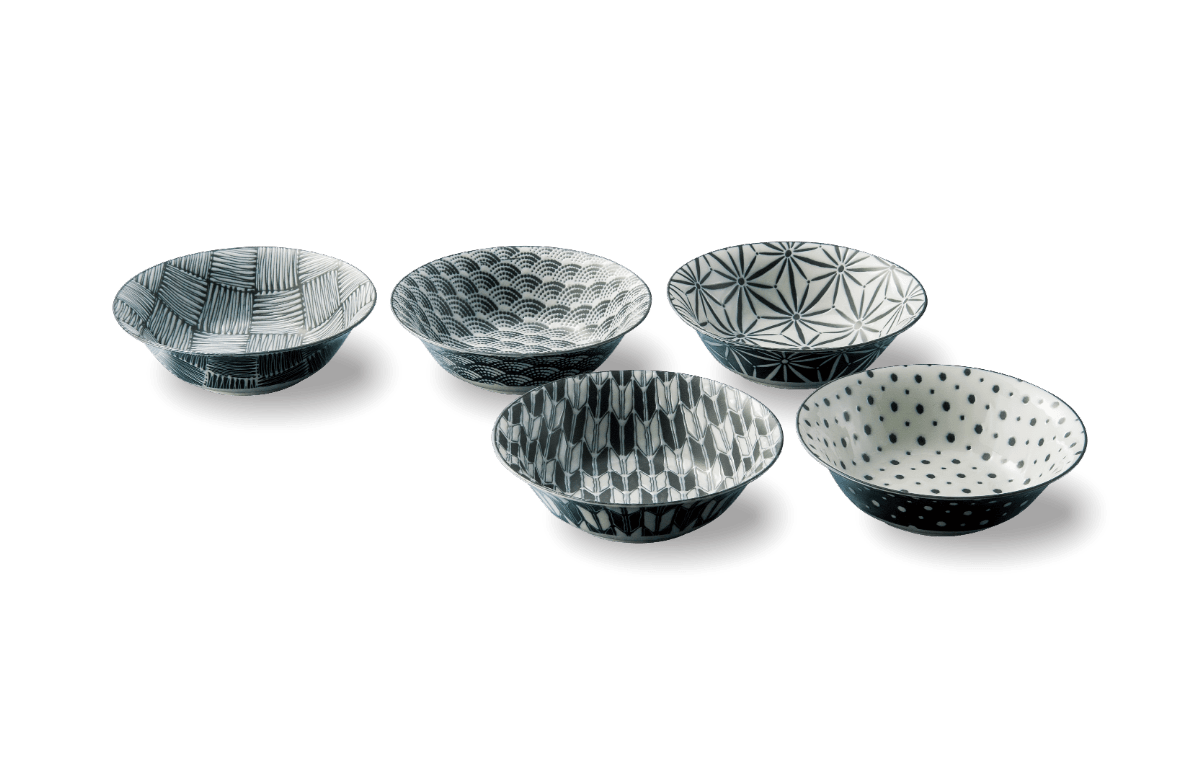
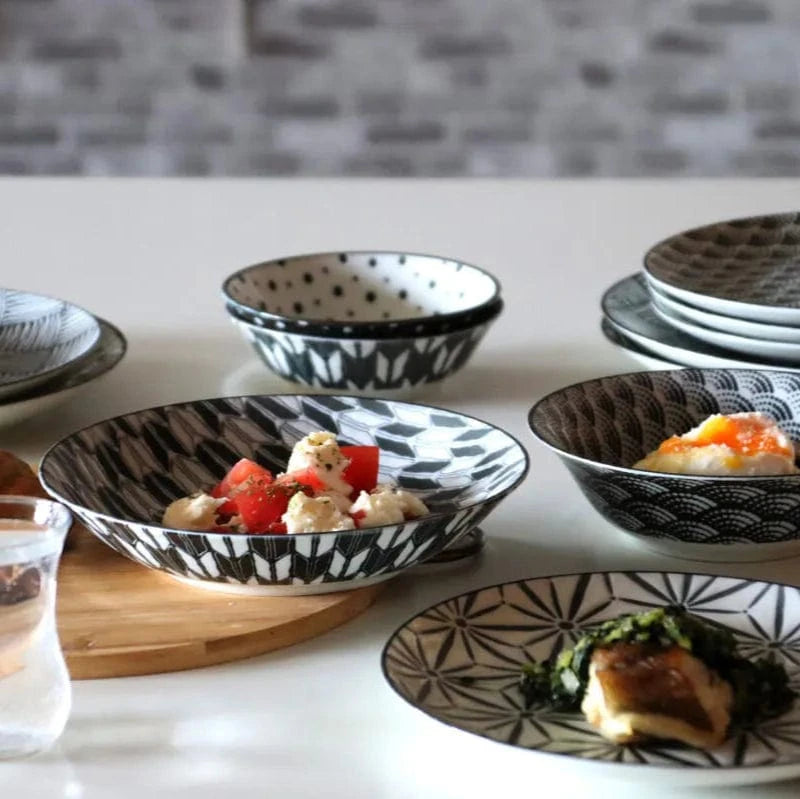
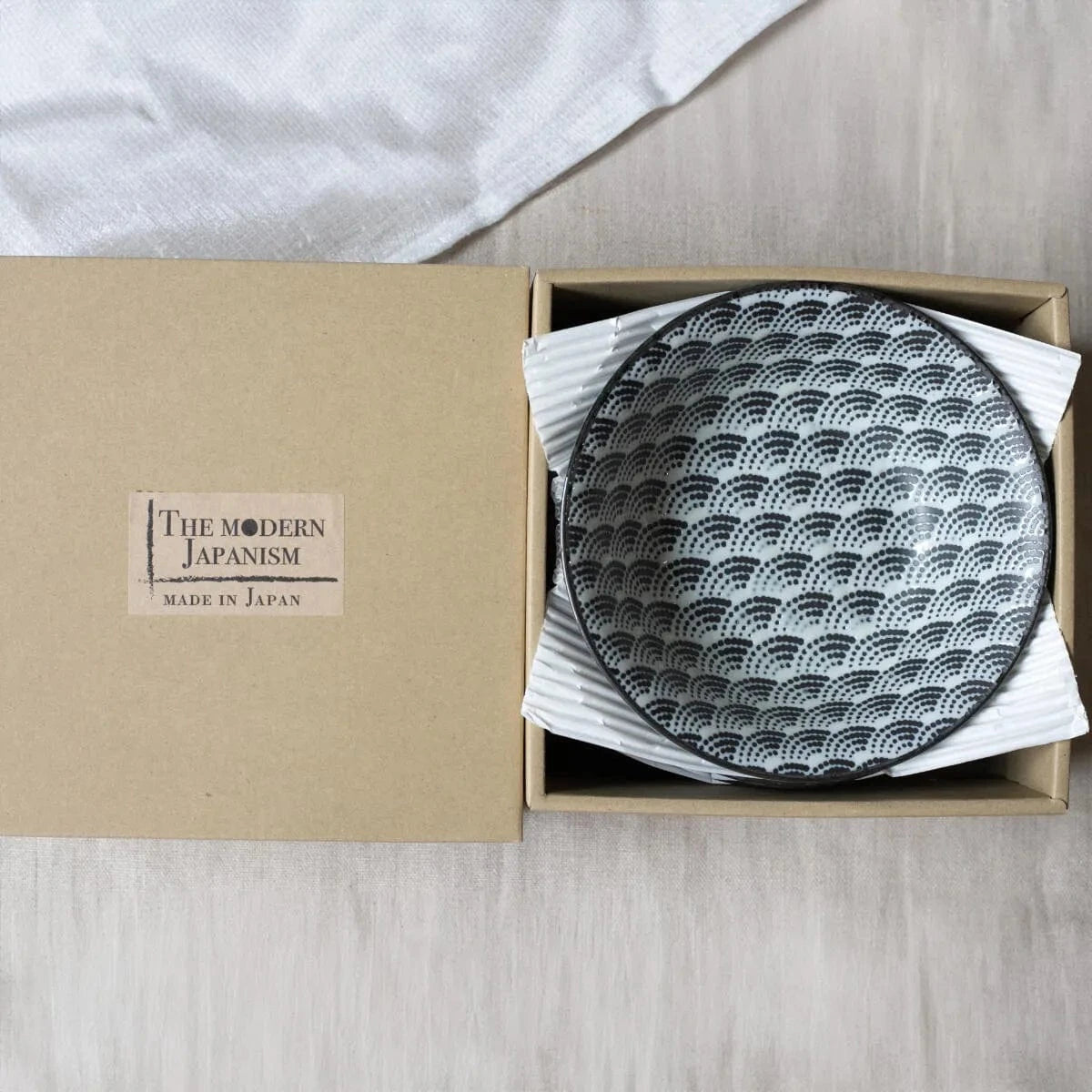
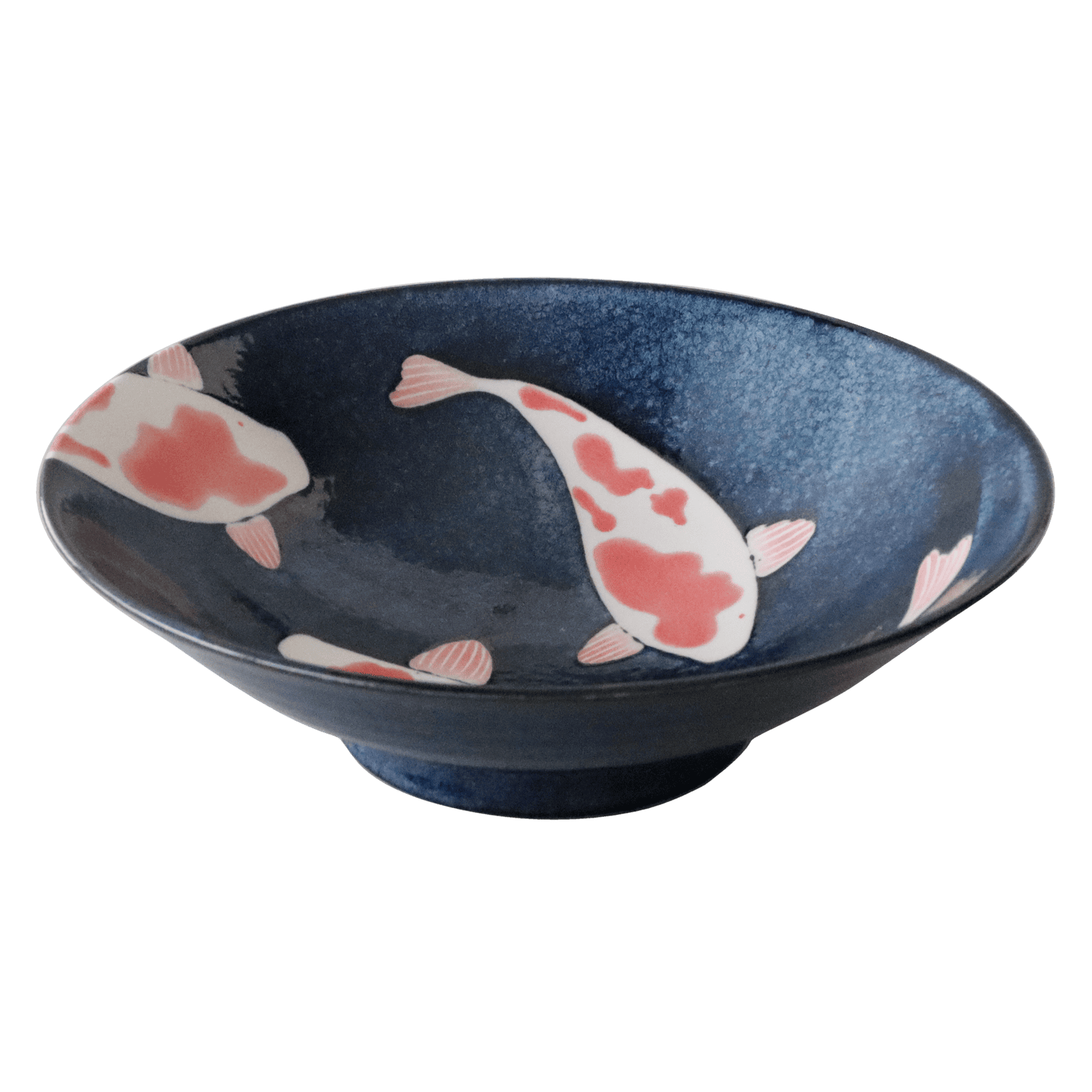
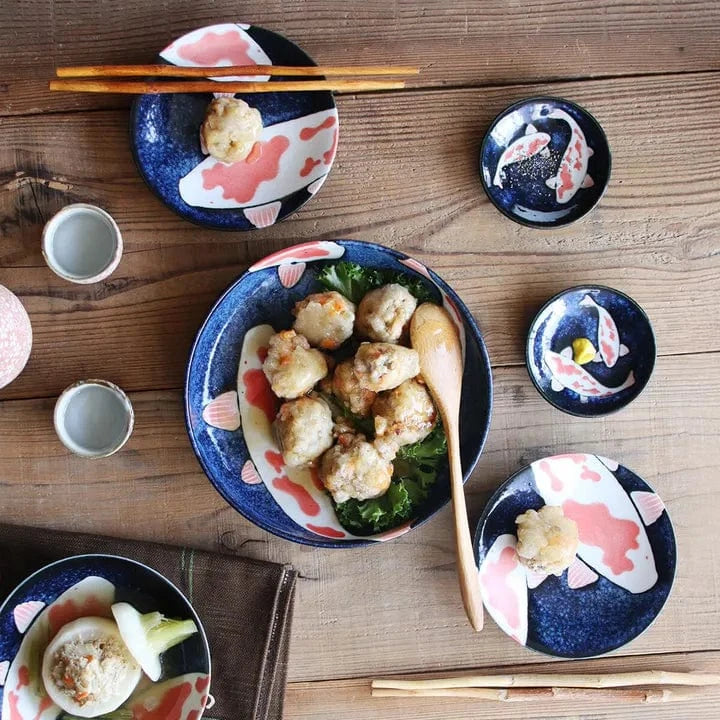
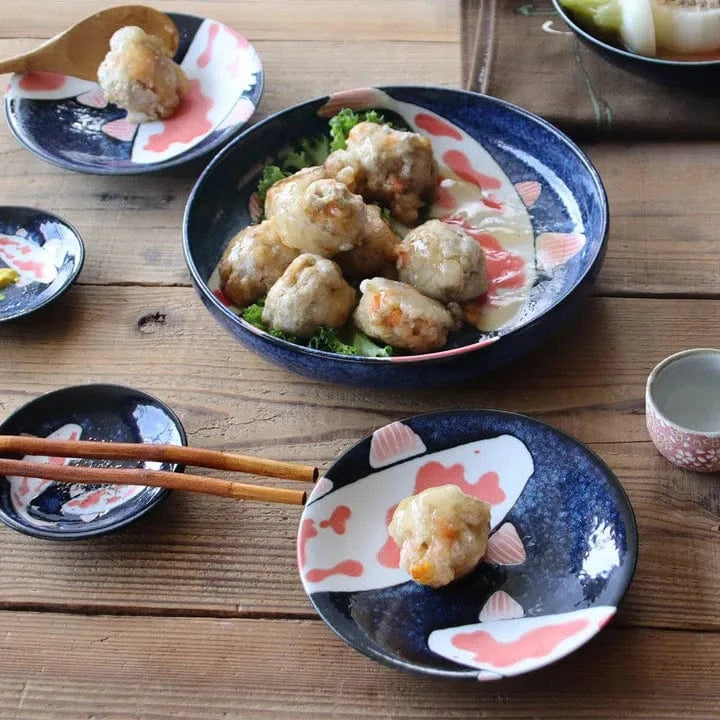
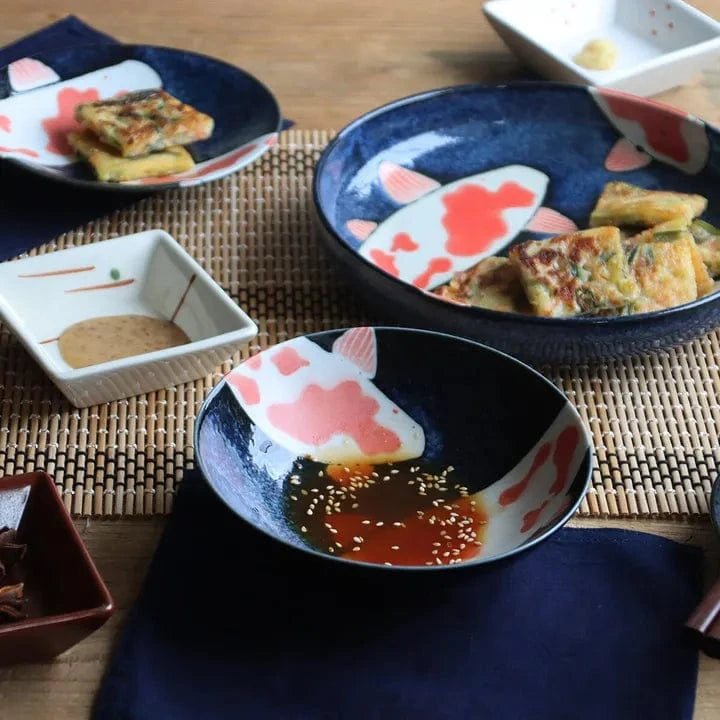
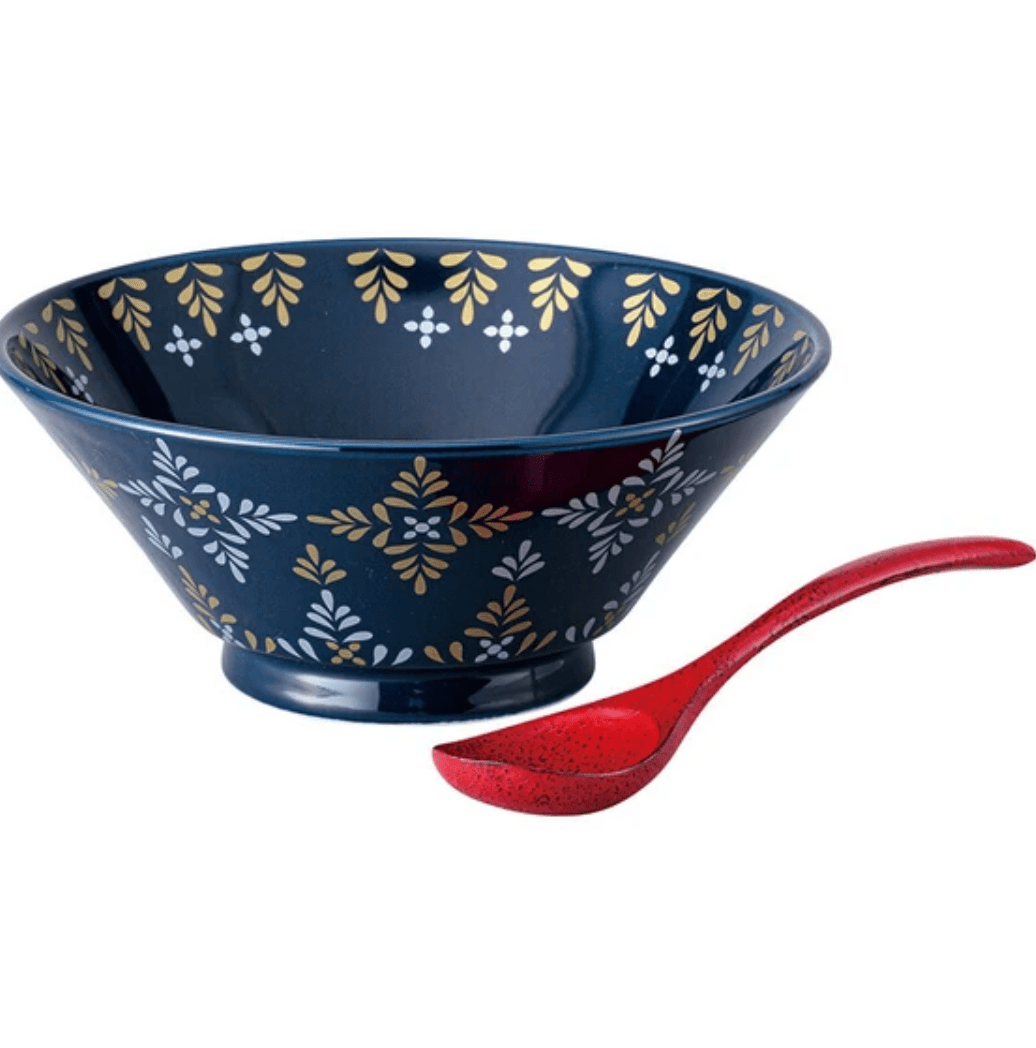
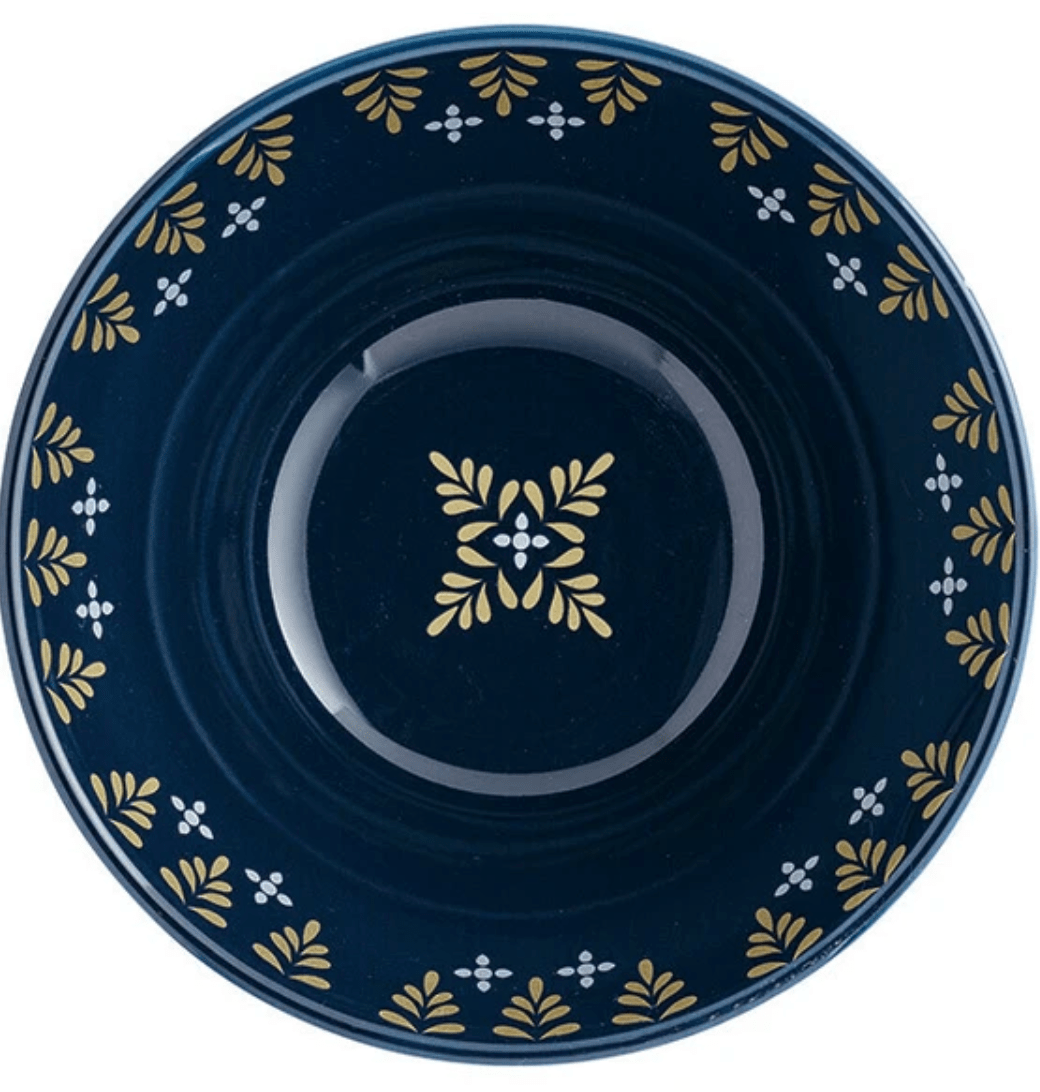
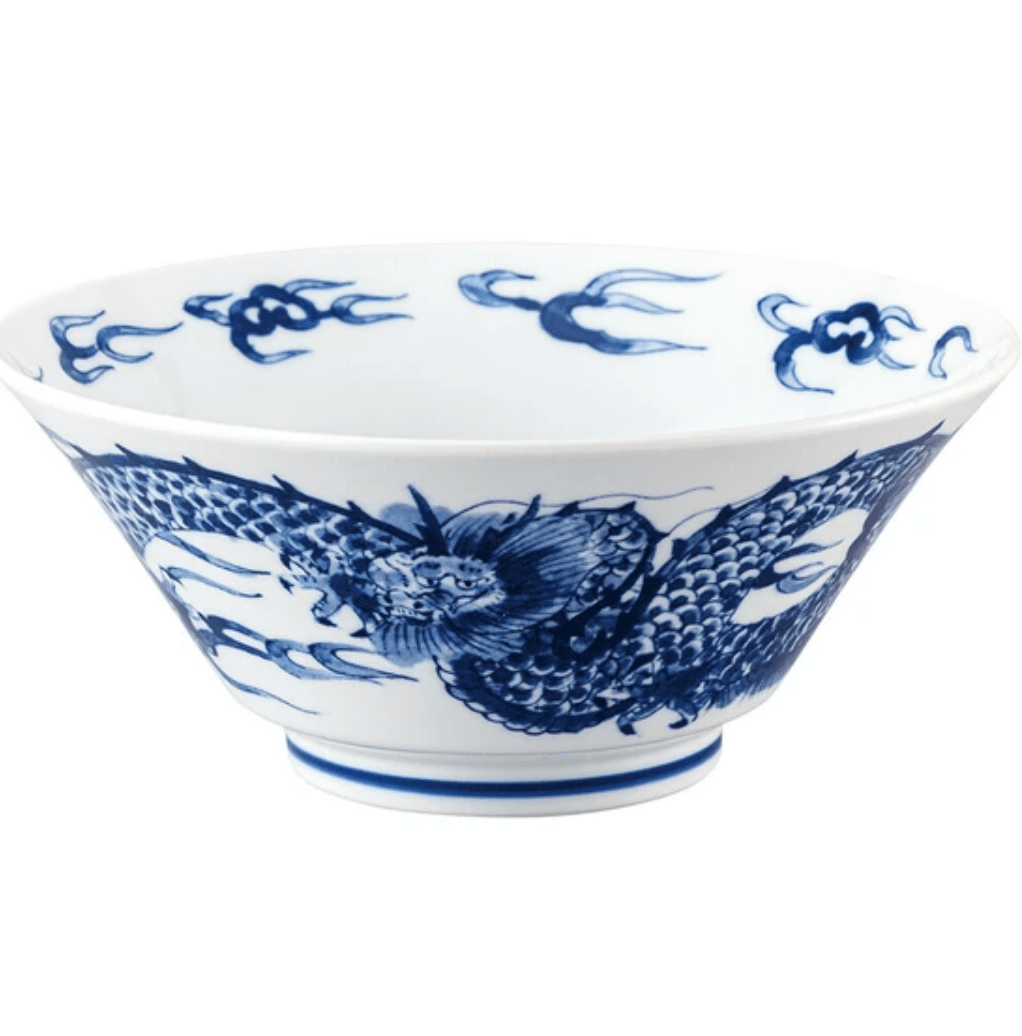
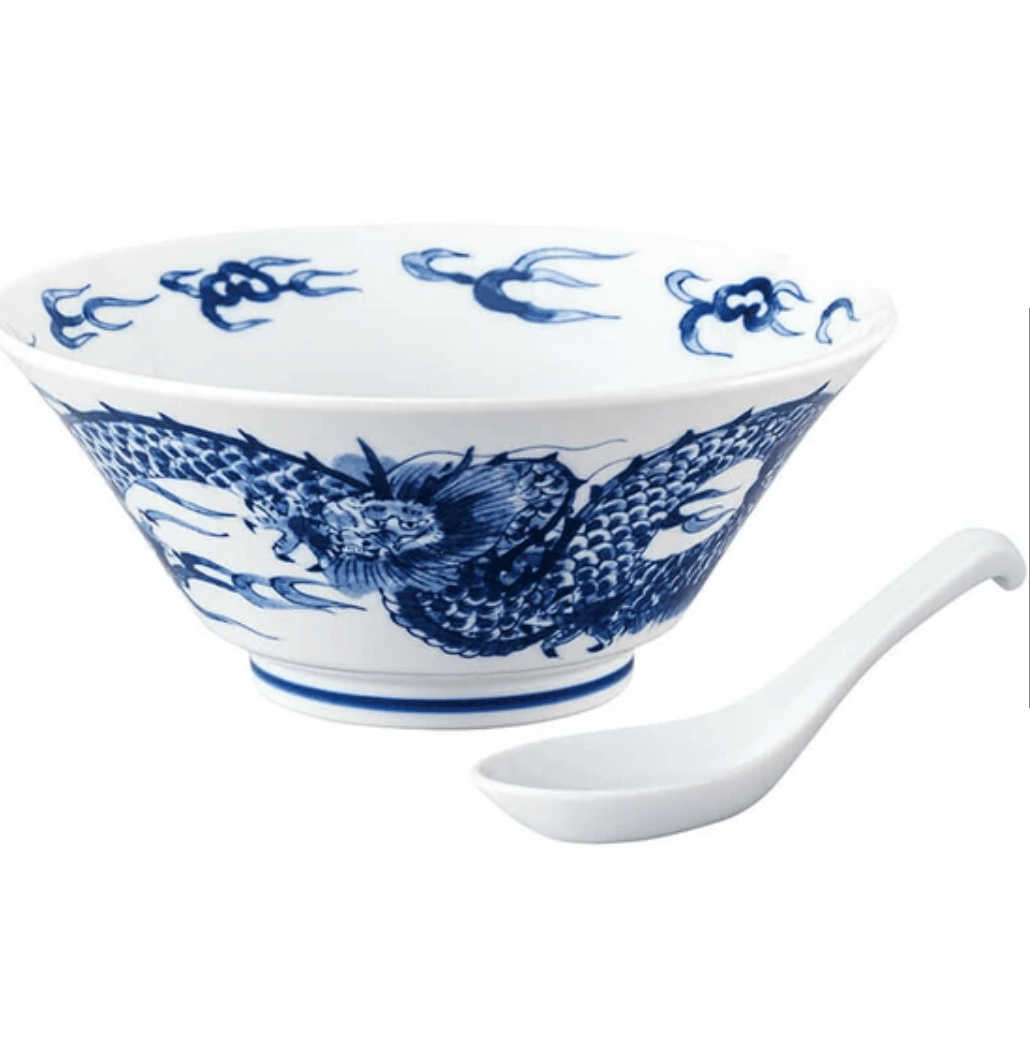
Share: